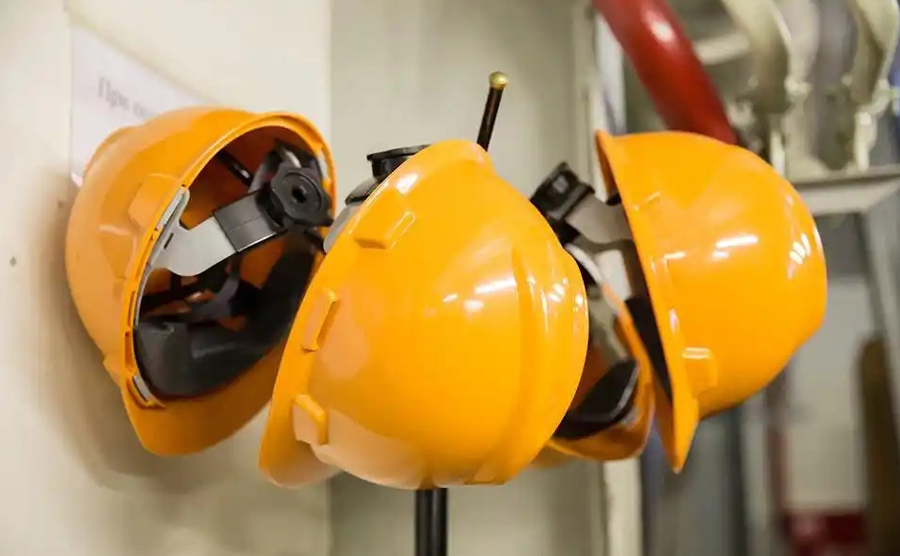
The EU Personal Protective Equipment Directive, also known as the EU Personal Protective Equipment Directive, aims to regulate the design, manufacture, and sale of personal protective equipment (PPE) and is a regulation for all exports of PPE to the EU market. The latest version is (EU) 2016/425, which officially came into effect on April 21, 2018, replacing the original Directive 89/686/EEC.
According to the regulation definition, PPE refers to:
Wearable or handheld devices: devices designed and manufactured specifically to protect the health and safety of the wearer;
Interchangeable components: Refers to parts that are used in conjunction with the main equipment or can be replaced.
Connection system: used to connect PPE equipment to external devices or fixed points to ensure the normal operation of equipment components.
2、 Products suitable for PPE
The applicable personal protective equipment (PPE) is mainly used to protect the health and safety risks of the wearer during work, exercise, or daily life. The following are the main types of PPE products that are applicable:
Protective helmets and facial protective equipment: such as safety helmets, face shields, and crash protection gear
Hand and foot protective equipment: such as protective gloves, boots, or safety shoes
Respiratory protective equipment: such as protective goggles, welding laser face mask
Hearing protection equipment: earplugs or earmuffs
Body and skin protective equipment: such as protective clothing, reflective vests
Equipment for preventing falls, such as safety belts, safety ropes, and fall protection devices
Protective equipment for hot and cold environments: such as heat-resistant gloves and cold resistant clothing
Radiation protection equipment: such as radiation protective clothing, UV protective goggles

